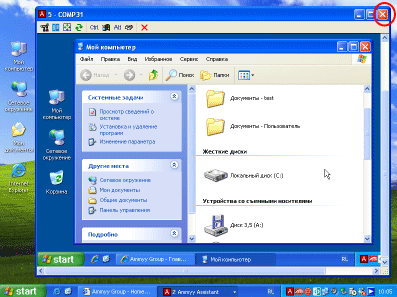Remote Access Connection Manager
Remote Access Connection Manager is a program installed on all Windows Operating System versions that controls all dial-up Internet and Virtual Private Network (VPN) connections. Though access to the Internet depends on a number of factors and applications, Remote Access Connection Manager runs all of the required software necessary to connect to a remote device or network. As a result, Remote Access Connection Manager will not function properly if any of its required services is disabled. Likewise, applications that access the Internet will not function properly if Remote Access Connection Manager is disabled.
How Remote Access Connection Manager Works
Remote Access Connection Manager organizes and accesses several essential services in the Windows Operating System that allow users to connect to the Internet or remote networks. Remote Access Connection Manager may be required in direct DSL, dial-up, or cable connections, but is not necessary if a gateway or router supports the network. Remote Access Connection Manager runs the following services in order to provide the user with access to the Internet: Secure Socket Tunneling Protocol Service, Telephony, Plug and Play, Remote Procedure Call, DCOM Server Process Launcher, and RPC Endpoint Mapper.
Applications
Remote Access Connection Manager can be used in situations that require a direct DSL, dial-up, or cable connection from a client computer or network to an Internet Service Provider (ISP). Remote Access Connection Manager is also used in VPN connections. A VPN (Virtual Private Network) is a network protocol that allows multiple users to share information by tunneling through a “virtual network” that is accessed via the Internet only in order to connect a client computer to a server. VPN connections require Remote Access Connection Manager to run properly because the software is responsible for identifying the transmitting device, locating the receiving device, and handling the connection between the two.
Advantages
Remote Access Connection Manager is advantageous because it can provide a user with access to the Internet without requiring the user to manually control the software. It runs in the Windows Operating System background and only presents itself to the user when a virus or user mishandling disables it. In these cases, the user simply needs to enable the software or set it to Automatic.



Comments - No Responses to “Remote Access Connection Manager”
Sorry but comments are closed at this time.